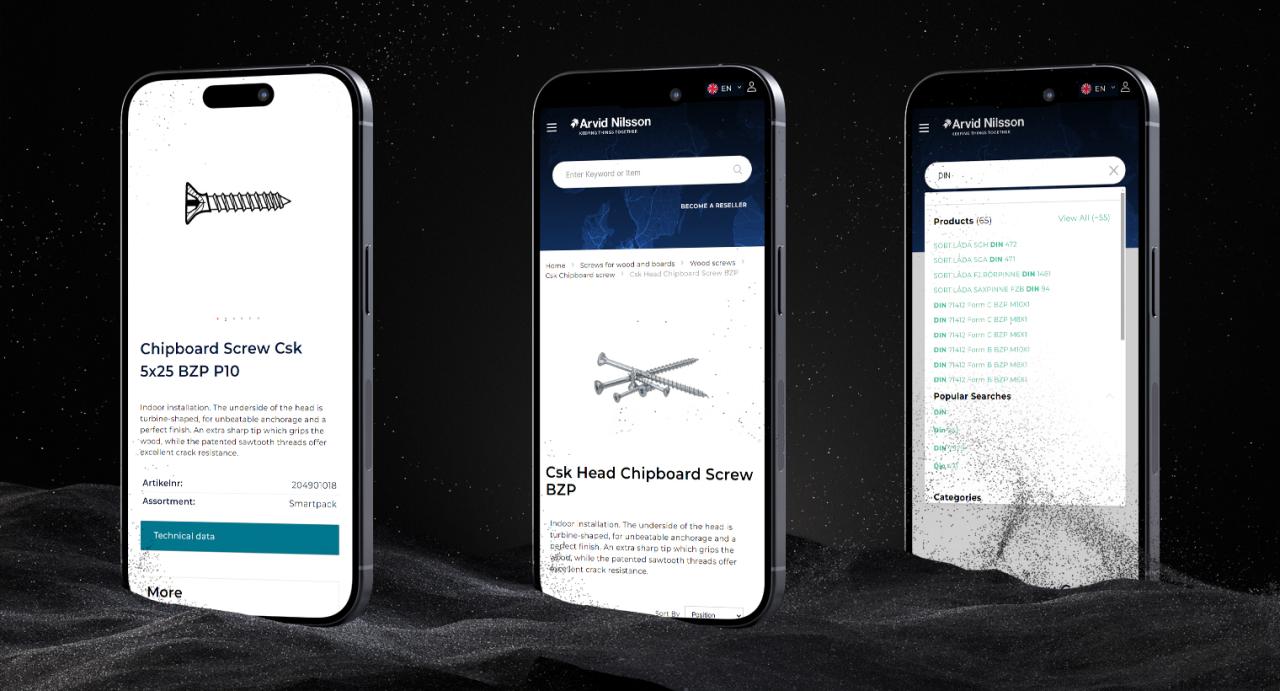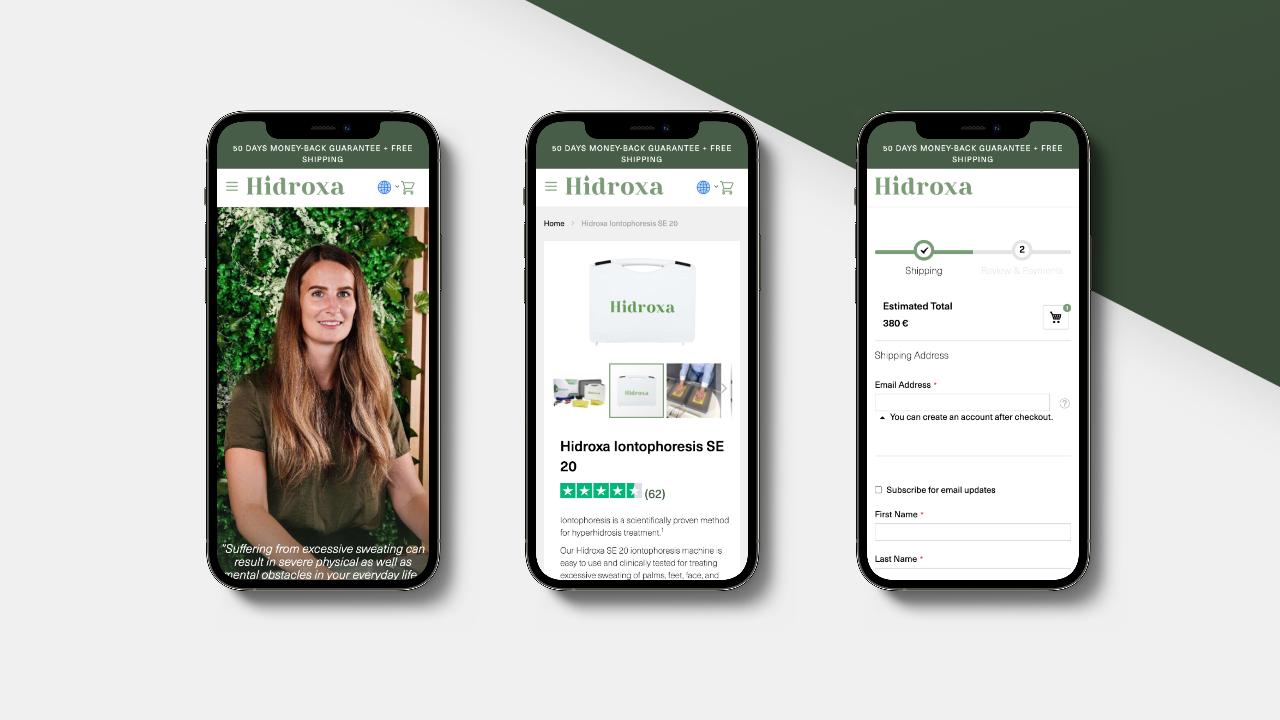- Services
- App development
- Progressive web apps
Progressive web apps (PWAs) advantage - stop building apps nobody wants to download

Trusted by startups and enterprises:
When faced with the decision to build a native mobile app or a responsive website, what if you could have the best of both worlds?
This is exactly what progressive web apps offer.
The user experience of native applications combined with the reach and accessibility of websites.
What are progressive web apps?
Progressive web apps represent the evolution of web applications – they're websites built with modern technologies to deliver app-like experiences.
They work across devices.
They load instantly regardless of network conditions and can be installed on home screens without the friction of app stores.
But honestly, that's what everyone will tell you.
The real question is: why should you care?
Why PWAs instead of native apps?
Think about it for a moment...
Your potential customers don't wake up excited to download another app.
Meanwhile, app development often means building twice – once for iOS, once for Android – doubling your costs and timeline.
Yes, cross-platform development frameworks like React Native or Flutter might solve the issue of building twice.
However, they still face the fundamental problem: your customers must download and install something.
And the truth is, most won't bother.
In contrast, PWAs offer a pragmatic approach:
- Build once, run everywhere
- Skip app store approval processes
- Update instantaneously without user action
- Save users' device storage
- Operate in low or no-connectivity environments
Native apps still make sense when you need deep hardware integration, complex functionalities, or platform-specific features.
We build those, too. But in many cases, a PWA gives you faster time-to-market and broader reach with less investment.
Our PWA success stories

For Hidroxa, our e-commerce PWA implementation resulted in a 33% revenue increase and 17% growth in their user base since switching from a traditional website.
Page load times decreased dramatically, improving conversion rates and reducing bounce rates as customers engaged with a lightning-fast shopping experience.
For an energy sector client (NDA), we built a field operations PWA that enabled operators to manage critical data collection during helicopter flights over power lines – even when connectivity was completely lost at altitude.
This digitalized previously manual processes and created an uninterrupted workflow regardless of network conditions.
We could tell you more about the technical challenges we overcame, but our clients trust us with their sensitive operations for a reason – and that trust comes before marketing case studies.
When does a PWA make sense?
PWAs are particularly valuable when:
- You need to reach users across multiple platforms
- Your business relies on content-focused experiences requiring broad distribution
- Your target markets include regions with inconsistent network connectivity
- Rapid deployment and instant updates are crucial to your strategy
- App store fees and approval processes create unnecessary bottlenecks
PWA VS native apps VS responsive websites - honest comparison
Let's cut through the noise and look at what each approach does best:
Native apps when you need:
- Deep hardware integration (advanced camera features, complex sensors)
- Maximum performance for graphics-intensive applications
- Platform-specific functionality only available through native SDKs
- App store visibility as a primary discovery channel
PWAs when you need:
- Broad reach across multiple devices with a single codebase
- Fast time-to-market and easier updates
- Lower development and maintenance costs
- No app store commissions or approval delays
- Offline capabilities without the full native overhead
- SEO benefits that native apps can't provide
Responsive websites make sense when:
- Your content rarely changes and doesn't require offline access
- You have limited budget and development resources
- User engagement is primarily short-term and transactional
- App-like features aren't central to your user experience
The truth?
It's not always black and white.
Many companies need a mix of these approaches depending on specific user journeys.
We can help you figure out which parts of your digital experience need which solution. Contact us for a free consultation→
Industry-specific PWA applications
E-commerce & retail
PWAs are transforming online shopping with instant loading of product pages, offline shopping carts, and push notifications for abandoned carts. For retailers like Hidroxa, PWAs have delivered double-digit growth in conversion rates and revenue.
Energy & utilities
Field operations teams use PWAs to capture critical data and manage workflows even in remote locations with poor connectivity. These applications sync automatically when connections return, ensuring continuous operations.
Manufacturing
Factory floor operations benefit from PWAs that monitor equipment, schedule maintenance, and manage inventory without requiring expensive hardware or complex installations.
Healthcare
Medical practices are implementing PWA-based patient portals that work across devices, load quickly on hospital WiFi, and function offline for certain tasks like completing intake forms or accessing educational content.
Media & publishing
News organizations and content publishers leverage PWAs to deliver faster reading experiences, offline article access, and push notifications – all without requiring users to download yet another app.
Our approach to PWA development
At ZenDev, we take a fundamentally different approach to PWA development than typical agencies.
1. Business first
Unlike some competitors who rather pitch technical solutions first, we begin by understanding what success looks like for your business. Only then do we determine if a PWA is truly the right solution. Sometimes, it's not – and we'll tell you that upfront.
2. Lean startup
Our development process follows the Lean Startup approach of build-measure-learn cycles. This ensures we're validating assumptions early and iterating based on real user feedback instead of speculative requirements.
3. Offline-first design
Many PWA developers treat offline functionality as an afterthought. We design for offline scenarios from day one, ensuring seamless experiences regardless of connection status.
4. Performance
Performance isn't just a technical metric – it's a business driver. Our PWAs are optimized for Core Web Vitals and rapid interactions. Remember: every second of load time reduces conversions by approximately 7%.
5. Testing
Our testing evaluates PWA behavior across connectivity scenarios, caching strategies, push notification delivery, and installation flows – areas conventional web testing often misses.
Technologies we use
The foundation of our PWA development includes:
- React or Vue.js for responsive, interactive user interfaces
- Service workers for offline capability and background syncing
- Web app manifest for home screen installation experience
- Application shell architecture for instant loading experiences
- Push API for engagement through notifications
We've successfully implemented PWAs with both traditional and headless CMS platforms, including custom integrations with Magento, Adobe Commerce, and pure API-based architectures.
Is a PWA right for you?
Not every digital product needs to be a PWA.
Here are some questions to consider:
- Do your users need offline access to content or functionality?
- Is your audience distributed across multiple device types?
- Are app store approval timelines or distribution limitations a concern?
- Would push notifications enhance your user engagement strategy?
- Does your website currently suffer from slow load times or poor mobile experience?
If you answered yes to several of these questions, a PWA might be the perfect solution for your business needs.
Results matter more than tech
At ZenDev, we don't focus on just building what you ask for.
We challenge assumptions, ask tough questions, and sometimes even suggest building less than you initially envision.
Why?
Because we're interested in long-term partnerships, not just project completion.
If your budget is €100K, we'd rather help you build three iterations of a focused product than one bloated, untested version.
We've delivered over 60+ successful projects globally, working with enterprises across energy, e-commerce, healthcare, and manufacturing sectors.
Our team brings cross-industry expertise that allows us to see opportunities other developers miss.
Your users don't care which technology you use – they care about the experience you deliver.
And that's precisely what we focus on.
Let's talk about your PWA strategy
Every great digital product starts with a conversation, not a sales pitch.
If you're considering a PWA or uncertain about which approach best suits your business objectives, let's discuss your specific challenges.
No flashy case studies or marketing speak.
Just honest advice about whether a PWA makes sense for your situation and how we might approach building it together.
Contact us today for a free consultation – we'll help you determine if a PWA aligns with your business goals→
How much does it cost to develop a PWA?
PWA development costs typically range from €20,000 for a simple implementation to €100,000+ for complex enterprise applications. But that's the wrong first question.
Instead, ask: what business value will this PWA generate? Will it increase conversions by 20%? Will it reduce support costs by 15%? That's how we approach budget discussions – by focusing on return, not just cost.
How long does it take to build a PWA?
A basic PWA can be developed in 1-2 months, while complex applications might take 3-6 months. But there's a better way to think about this: how quickly can we get a version that tests our core hypotheses?
We typically deliver first versions in 4-6 weeks, gather real user feedback, then iterate rapidly. This lean approach gets you to market faster and reduces wasted investment.
Can I convert my existing website to a PWA?
Yes, but it's not just about adding a service worker to your current site. A proper PWA conversion involves rethinking application architecture, implementing offline strategies, and optimizing performance.
The good news? You can take an incremental approach, progressively enhancing your existing site toward full PWA capabilities over time.
Will a PWA work on both iOS and Android?
Yes, PWAs work across platforms, but there are differences in implementation and feature support. iOS has historically lagged behind Android in PWA feature support, though this gap is narrowing with each iOS release.
We design PWAs with these platform differences in mind, implementing graceful fallbacks where needed to ensure consistent experiences.
How do PWAs perform compared to native apps?
With proper implementation, PWAs can achieve performance nearly indistinguishable from native apps for most use cases. The performance gap that existed years ago has narrowed significantly with modern browsers and frameworks.
For graphics-intensive applications or those requiring deep hardware integration, native apps still hold an advantage. For most business applications, PWAs deliver comparable performance with significant cost and reach benefits.
Can PWAs work offline?
Absolutely – that's one of their core strengths. Service workers allow PWAs to cache critical resources and maintain functionality without an internet connection.
The key is thoughtful architecture: determining which features need offline support, how data synchronization will work, and how to manage storage limitations. We design PWAs with offline-first thinking, not as an afterthought.
Project
Development of a brand new Magento store provided Hidroxa with more space and reliance to concentrate on product lifecycle management itself.
Digital Marketing
Web development







